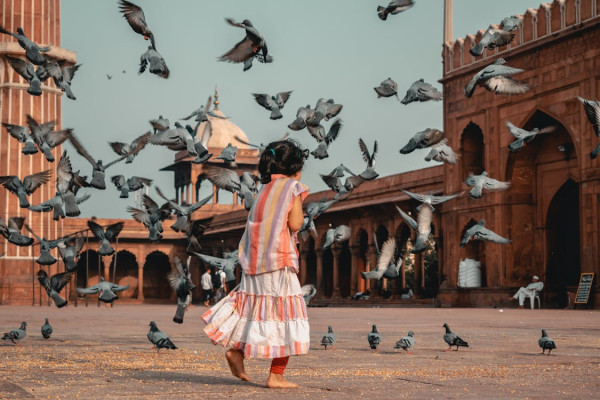In today's world, cities are bustling with life, not just from humans but also from various animals. These "city critters" have found ways to adapt and thrive in urban environments, often surprising us with their resilience and cleverness. From pigeons to raccoons, many species have become a common sight in our daily lives. One of the most noticeable city critters is the pigeon. These birds have adapted to living alongside humans for centuries. They find food in parks, streets, and even from people who feed them. Pigeons are excellent at navigating the city, using their keen eyesight to spot food sources and avoid dangers.
Another common animal in cities is the squirrel. Squirrels are incredibly resourceful and can often be seen darting up trees or scavenging for food. They have learned to navigate urban landscapes, using parks and green spaces as their playgrounds. Squirrels also take advantage of bird feeders, often stealing seeds meant for other birds. Raccoons are another example of animals thriving in urban areas. These clever creatures are known for their dexterity and intelligence. Raccoons often rummage through trash cans in search of food, and they have learned to open containers that humans think are secure. Their adaptability allows them to find food in even the most unexpected places. Foxes have also made their way into cities. These cunning animals are skilled hunters and can easily adapt to urban life. They often hunt small rodents and can be spotted in parks or even residential areas at night. Foxes are known for their ability to blend into their surroundings, making them stealthy urban predators. Bats are another fascinating group of animals that thrive in cities. Many species of bats eat insects, helping to control pest populations. They often roost in buildings and bridges, taking advantage of the warm spaces provided by human structures. Bats play a crucial role in maintaining the ecological balance in urban environments. In addition to these mammals and birds, many insects also thrive in cities. Bees, for example, have adapted to urban life by finding food sources in gardens and parks. Urban beekeeping has become popular, with many people keeping hives on rooftops. This helps support pollination and contributes to the health of urban ecosystems.
Urban environments also provide unique habitats for reptiles and amphibians. Some cities have green roofs and gardens that attract lizards and frogs. These animals can often be found in parks or near bodies of water, taking advantage of the green spaces that cities offer. Despite the challenges of living in cities, many animals have found ways to adapt. They have learned to navigate traffic, avoid predators, and find food in human-dominated landscapes. This adaptability is a testament to their resilience and ability to thrive in changing environments. However, it's essential for us to coexist with these city critters. We can create more wildlife-friendly spaces by planting native plants, providing food sources, and ensuring safe habitats. By doing so, we can help support these animals and maintain biodiversity in urban areas. In conclusion, city critters are a fascinating part of urban life. From pigeons and squirrels to raccoons and bats, these animals have shown remarkable adaptability. As we continue to build and expand our cities, it's crucial to remember the importance of wildlife and find ways to coexist harmoniously. By appreciating and protecting these creatures, we can create a more vibrant and diverse urban ecosystem.

